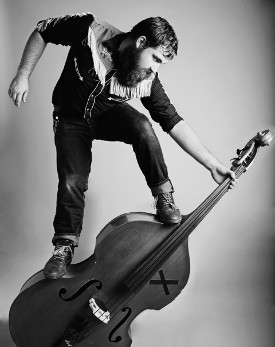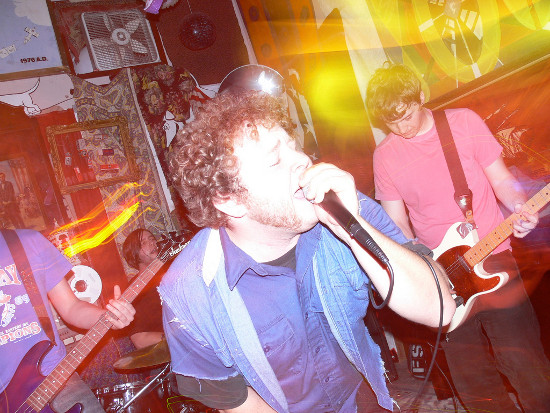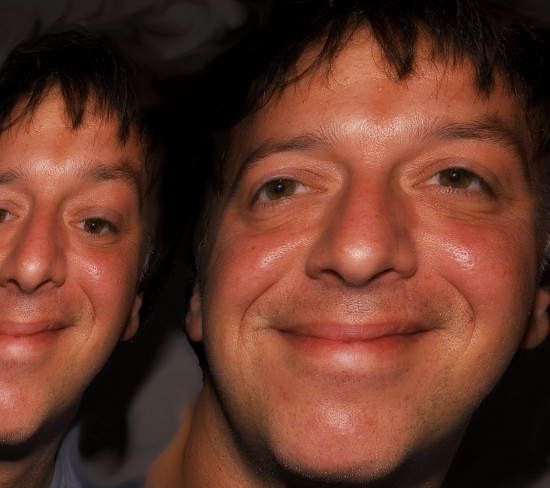(This is the first of two articles on the Scott Emergency Communications Center. This piece focuses on implementation problems with emergency-response consolidation. The second part will deal with the price tag and to what extent taxpayers have gotten what they were promised.)
 Let's start with the metaphors.
Let's start with the metaphors.
We're roughly six months into the transition to a consolidated Scott County emergency-dispatch and -records system, said Davenport City Administrator Craig Malin on October 6. "This is the part of the movie where ... the anxiety is. Then there's the resolution at the end, and there's a happy ending. We're at that point where we're going to be focusing on what the issues are."
"In a crawl/walk/run category, we stood up and got wobbly," said Bettendorf City Administrator Decker Ploehn, also on October 6. "But we're still standing. But we're not walking yet. But we're pretty much not crawling, either. So we're working our way forward, and we hope to get to running. And I think we're going to get to running; we're not there yet."
The Scott Emergency Communications Center (SECC) brings under one roof - at 1100 East 46th Street in Davenport - what had been four dispatching centers, serving Scott County's 12 municipal and county law-enforcement agencies, 16 fire departments, and five ambulance services.
All those agencies are now using the same radio system, and law-enforcement agencies are also using a single record-keeping system - both of which allow for improved interdepartmental communication. Agencies went live with the system from early April through early May.
Still to come - probably early next year - is the consolidation of each organization's dispatchers into a single dispatching entity, and the separation of call-taking and dispatching functions. The latter of those is expected to shave 30 seconds off the time it takes to dispatch emergency responders.
And late next year, Medic EMS will decide whether to fold its dispatching operations into SECC or just continue to have its dispatchers working out of the SECC building.
By the standards of local government, the project is complicated. "It takes a good solid year to iron out" issues and difficulties, said SECC Director Brian Hitchcock, who previously oversaw consolidations in Ashland County, Wisconsin, and McHenry County, Illinois. "Every one of those has issues and bugs that have to be worked out. ... We all wish it could happen overnight." He noted that every consolidation takes a different amount of time to work through, but that the one-year estimate runs through next April.
The consolidation - recommended by a 2006 study and put into motion by a December 2007 intergovernmental agreement - is also expensive, with capital costs of roughly $28 million. The building itself cost $7.31 million. New portable radios for all agencies cost almost $7 million, purchased without a formal bidding process. Installing a "central electronics bank and associated communications gear into and around the 911 center" cost more than $1.6 million, Hitchcock said. And the dispatching and record-keeping software that has been so problematic cost $2.7 million.


 Given that her November 30 lecture at St. Ambrose University is titled "Finding Faith & Fiction in China," it seems odd that author Bo Caldwell has never actually been to the country.
Given that her November 30 lecture at St. Ambrose University is titled "Finding Faith & Fiction in China," it seems odd that author Bo Caldwell has never actually been to the country. Let's start with the metaphors.
Let's start with the metaphors.
 A lot of bands decide to track their albums largely live in the studio, but until I talked to David Mayfield, I'd never heard such a strong rationale. The typical goal (outside of saving money and time) is to capture a live energy, with the incidental benefit of retaining some charming flubs.
A lot of bands decide to track their albums largely live in the studio, but until I talked to David Mayfield, I'd never heard such a strong rationale. The typical goal (outside of saving money and time) is to capture a live energy, with the incidental benefit of retaining some charming flubs.

 In April 2008, Seattle alternative-weekly paper The Stranger
In April 2008, Seattle alternative-weekly paper The Stranger 










